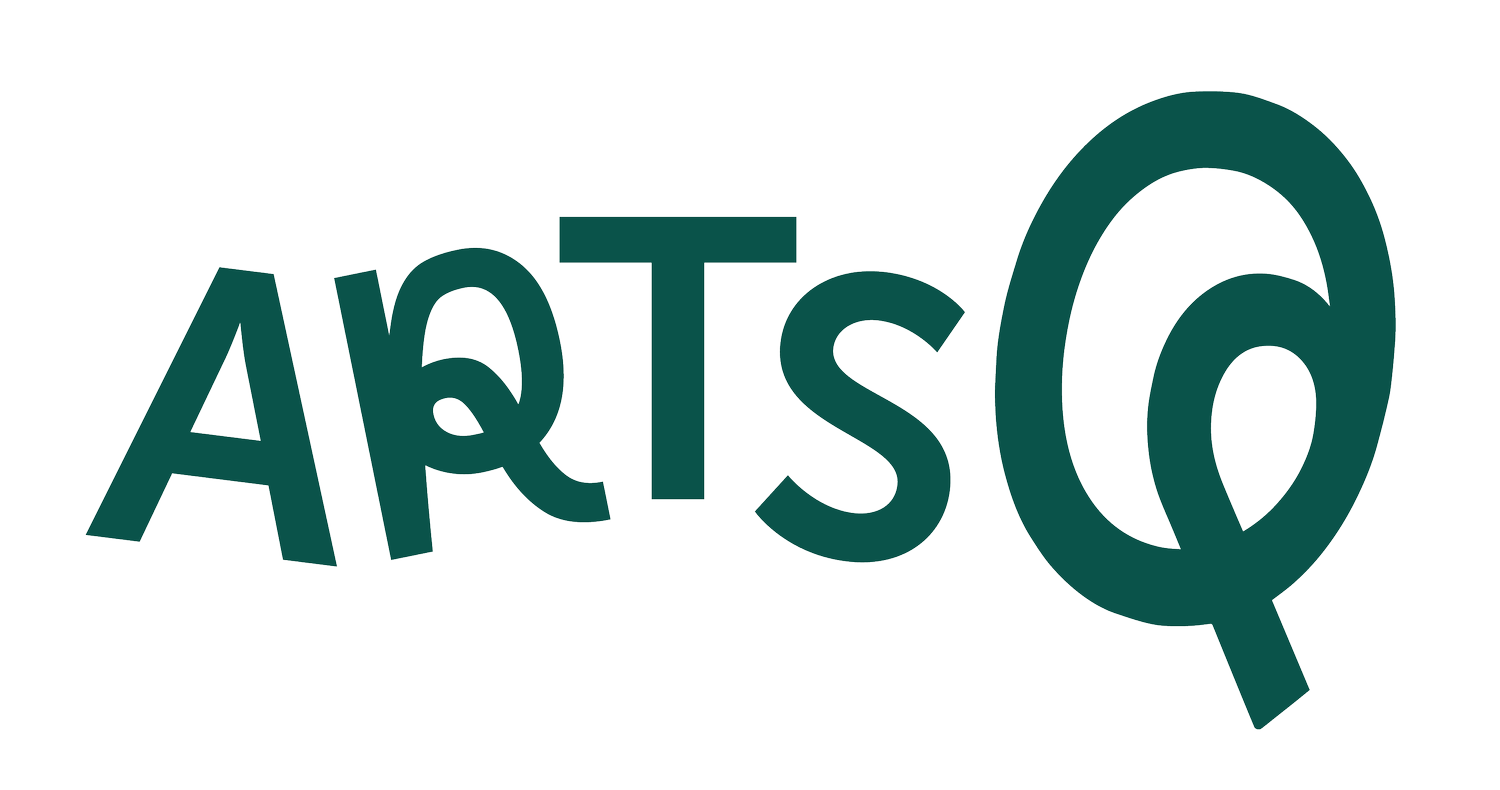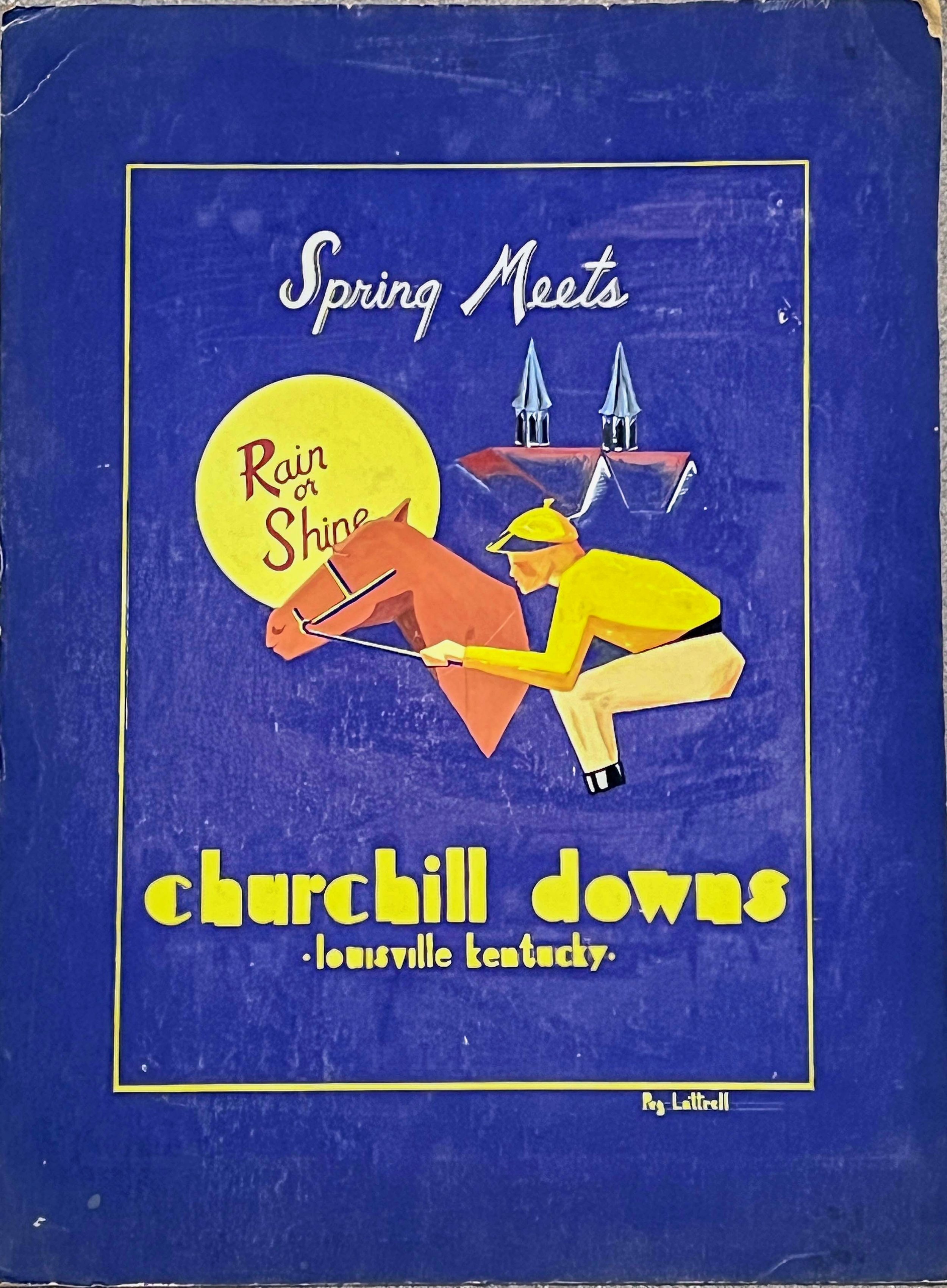Meet ARTSQ cofounder Cortney!
Q: Introduce yourself!
Hi there, time travelers! I’m Cortney. If you’ve watched any of our videos on ARTSQ or on our YouTube channel, then you probably know me from our Asian content offerings. It’s a dream to be able to share my passion for Asian art and archaeology with you, and I’m excited to bring you so much more!
A few fun facts about me: I have a cat named Ziggy (after Ziggy Stardust), I love the Milwaukee Bucks, and I am a huge Lord of the Rings trilogy nerd. If I can find a way to weave LOTR into ARTSQ content . . . . :)
Q: Was art a part of your life growing up?
How did you get into the field of art history
(what is art history anyway?!)?
My grandmother was an artist and a maker. When I was in elementary school, I can remember rummaging in her basement and discovering a box filled with artwork she made in the early 1940s. She had sketchbooks filled with random drawings, posters she dreamed up for the Kentucky Derby (she grew up in Louisville), calendars she illustrated, and many charcoal drawings of industrial scenes. I remember feeling in awe of my grandmother as I looked through her work. I ran upstairs and asked, “Grandmother, are you an artist?!” I felt so proud when I made this discovery. My grandmother was an artist! 😉
After she found I took an interest in art, we went on a trip to the Detroit Institute of Arts (DIA). This eventually turned into an annual outing. It was our special thing! I remember walking through the galleries side-by-side and how we’d often pause and look at a painting really closely. My favorite painting just so happened to be by a Chinese artist, though I didn’t connect how deeply this would impact my direction in life till much, much later. The painting is a handscroll by a 13th-century Chinese ink painter named Qian Xuan called Early Autumn. The painting teems with life. Colorful dragonflies catch midges on the far right. Frogs gather and watch from a lily pad below, and grasshoppers and beetles buzz about in an explosion of autumn colors as your eyes move to the left. When I first saw this painting as a child, I felt like I was immersed in this dynamic nature scene. I could almost hear the insects buzzing their wings and the frogs croaking in unison. Recently, I was able to see this painting again in a special exhibition at the Cleveland Museum of Art, and I felt like I was transported back to the first time I saw this painting with my grandmother.
It wasn’t until I went to college that I realized what an impression trips to the DIA with my grandmother made on me. I took an art history course as part of my general education requirements and fell in love with it. However, I didn’t know that art history was something you could major in until my professor pointed it out to me. I think she saw how much I loved the course. I carried my art history textbook around with me everywhere and was constantly reading ahead of what we were assigned in class. My major at the time was Environmental Science, which was another passion of mine, but I started to question if it was the pathway I wanted to follow once I discovered I could possibly make art history my life. I decided to take a chance the next semester and enroll in a class on the history of Chinese painting with the same professor, one of the most inspirational teachers I’ve met in my life. I paired the Chinese painting class with a class on Chinese history, because I had never learned about China before. I never had the opportunity to study Asia in my K–12 education, unfortunately. After a few weeks in those two classes, I felt compelled and eager to learn more and I knew, deep in my heart, that I wanted to dedicate myself to learning everything I could about China, Chinese art and culture, and Chinese language. There was no looking back.
Q: What do you do at ARTSQ?
What do you like most about your role?
I do a little bit of everything at ARTSQ! I like to think of myself as a sidekick, because collaborating with others on projects is my jam. I love everything about my role(s) at ARTSQ: researching for books and videos, writing and editing non-fiction for middle-grade readers, recording and editing audio, strategizing, visioning, and nerding out about all the things with Ellen, Lauren, and Heather. I especially love being able to learn new stories about the history of “stuff” from our team, seeing what amazing designs and illustrations Ellen will come up with next, watching our videos evolve from first to last drafts (there are many, many drafts, and Lauren is constantly leveling up when it comes to video production), and geeking out over cats in art daily (yes, we are obsessed with cats!). I feel inspired by our team everyday. We all have different specialties and skills and are eager to share what we know with each other and with you too!
Q: What are your favorite works of art?
Rule number one! Never ask an art historian what her favorite works of art are, unless you have several hours to spend. 😉
As someone who works on visual and material culture of early China, some of my favorite works of art are objects from ancient Chinese tombs. I’ve always been fascinated with images of strange creatures in Chu and Zeng art because they are so imaginative and derive from cultures that had rich belief systems with unique cosmographies where strange creatures played an important role.
Beyond early China, I’m also deeply interested in the art of ancient Eurasian pastoralist nomads. Think griffins, stags, wolves, tigers, camels, and mythical beasts! There are five small golden plaques discovered in a treasure pit of Kurgan 1, a tomb dated to the 4th century BCE, in Filippovka, Russia, that I think about often because I know there must be an interesting story behind the person who wore them. They are identical, made from a mold, and depict two Bactrian camels engaged in combat. The camels seem to be intertwined, with their teeth bared as they bite each other. I like to imagine the story of the nomadic warrior who once wore these, sewn onto their garment, as they rode across the Eurasian steppe on horseback.
Q: Where is your favorite place to look at art?
Definitely in person, if possible! Museums, archaeological sites and institutes, storerooms, and vaults!
I also love looking at art kids create, exhibited in the hallways of their schools. My son’s school always has art on display. Recently, for a science class my son had a group project where they had to outline one of their bodies, cut out its shape, and then add and label all the bones. The life-size drawings were then displayed in a long hallway. You might not think of a science project as a work of art, but every drawing was unique and different and showed the distinctive personalities of the student groups. It’s neat to think that a school hallway can be an exhibition space, just like a gallery in a museum! a
Q: Do you have advice for people who want to learn more about art but don’t know where to start?
For younger kids, I would start at your local public library and connect with the children’s librarian. There are some wonderful illustrated books about famous artists that could launch a child’s interest in the arts. For me, I think adventures to museums with my grandmother were the most impactful. There are many museums with free admission that have engaging interactive programs for kids that can spark an interest in art history. There are also online resources, like ARTSQ (of course) and Google Arts & Culture. Some museums, like the Hubei Provincial Museum in Wuhan, China, collaborate with Google Arts & Culture. This is wonderful because it means you can see gorgeous images of works of art in their collection without leaving the comfort of your own home, like these pictures of bronze objects from one of my favorite archaeological sites, the Tomb of the Marquis Yi of Zeng.
Our hope is that our videos will also inspire you to want to learn more about the history of art and archaeology. We have lots of fun in store for you, from angsty horses to chonky cats!
Q: Ok, just for fun—what is your superpower? 🦸🏼
My art history superpower might be that I can get people interested in what they’d probably otherwise consider to be the most boring topic ever, like ancient toilets!






